Sputtered Tungsten Trioxide Applied for Photoelectrode
- Details
- Category: Tungsten Information
- Published on Friday, 10 April 2020 14:33
- Hits: 1466
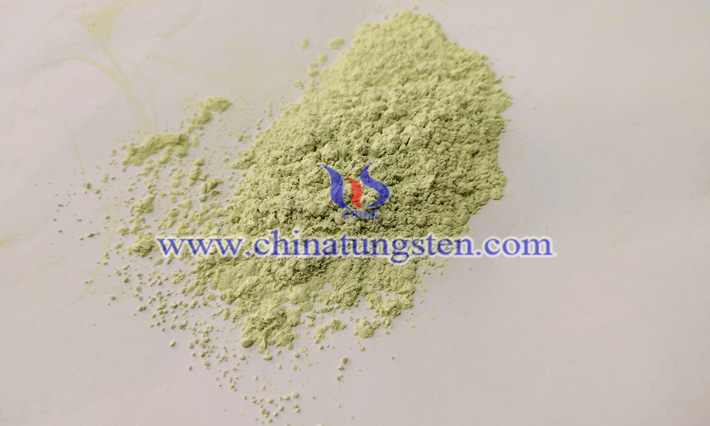
Sputtered tungsten trioxide, more specifically, sputtered WO3 film, may be applied as a photoelectrode to obtain high solar-to-hydrogen efficiency. Some experts have prepared tungsten oxide film with a dense, compact morphology at a temperature lower than 250 °C by reactive sputtering from tungsten targets in an argon/oxygen ambient in the context of photoelectrochemical water-splitting.
Electrochromic Tungsten Trioxide Film
- Details
- Category: Tungsten Information
- Published on Friday, 10 April 2020 14:31
- Hits: 1605
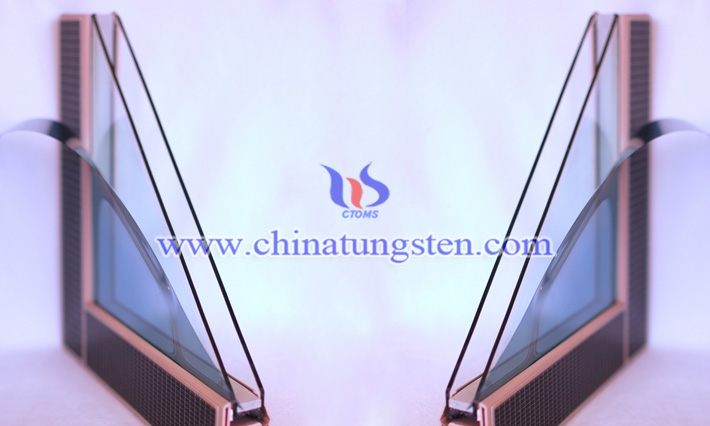
It has been reported that some researchers prepared electrochromic tungsten trioxide film by spray pyrolysis under various conditions using tungsten chloride (WCl6) to dissolve in 50% ethanol–50% water. And it was found that all the as-deposited electrochromic tungsten trioxide films were amorphous and dark. When annealed, they became crystallized and transparent. In the preparation process, the researchers also studied the structure and the composition of these films, before and after annealing.
Photothermal Nanomaterial: Tungsten-oxide-based Material
- Details
- Category: Tungsten Information
- Published on Wednesday, 08 April 2020 18:09
- Hits: 1578
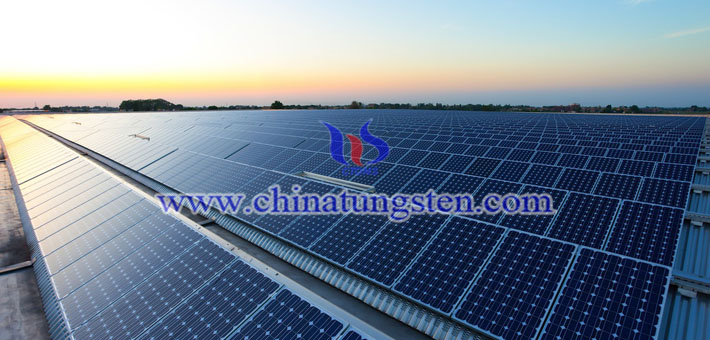
Recently, tungsten-oxide-based material has received considerable attention among various photothermal nanomaterials because of its ability to absorb near-infrared light and its efficient light-to-heat conversion properties. In addition, tungsten-oxide-based material has an unusual oxygen defect structure and strong surface plasma resonance, which offers strong photoabsorption in a broad wavelength range of the near-infrared light region.
A Preparation Method of Inorganic All-solid WO3 Electrochromic Device
- Details
- Category: Tungsten Information
- Published on Wednesday, 08 April 2020 18:07
- Hits: 1622
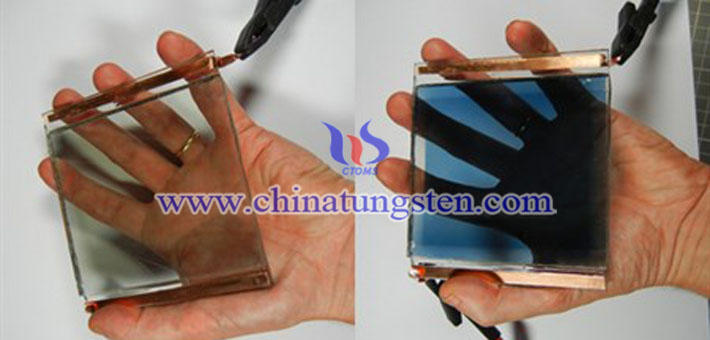
Some experts have proposed a preparation method of inorganic all-solid WO3 electrochromic device. Wherein, the inorganic all-solid electrochromic device has a nickel oxide-zirconia-tungsten oxide stacked structure, and silver nanowires are spin-coated on the stacked structure.
Tungsten Oxide Applied for NO2 Sensing
- Details
- Category: Tungsten Information
- Published on Wednesday, 08 April 2020 18:04
- Hits: 1493
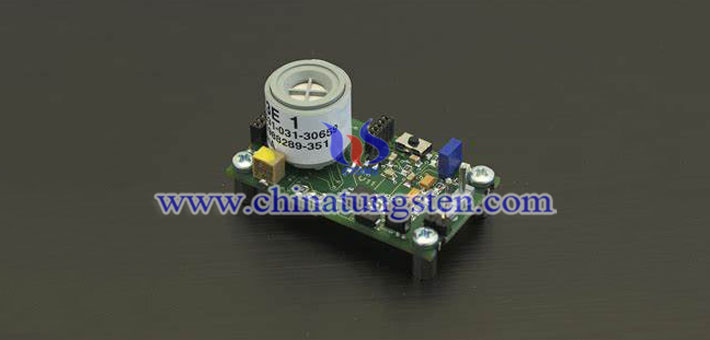
Tungsten oxide is an idea material for NO2 sensing. It has been reported that tungsten oxide based gas sensors exhibit excellent NO2 sensing properties to cover environmental standard of NO2. The experts have done researches to investigate several properties of nano crystallites of tungsten oxide including NO2 sensing characteristics.
Tungsten Oxide Applied for New Smart Glass
- Details
- Category: Tungsten Information
- Published on Wednesday, 08 April 2020 18:03
- Hits: 1540
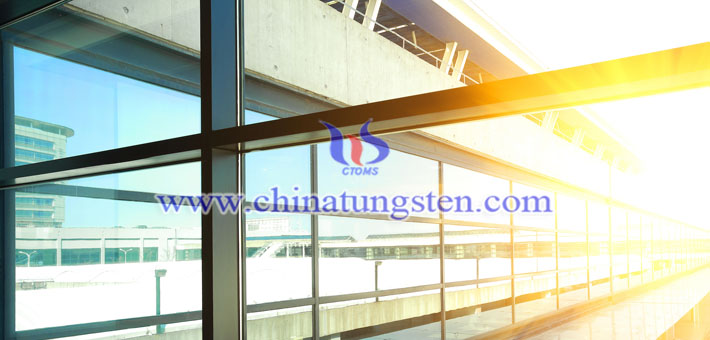
Tungsten oxide is an electrochromic material that has been widely used as an electrochromic layer for assembling a new smart glass. The researchers have selected nano composite materials of tungsten oxide and niobium oxide to create such a smart glass. The substrate of the smart glass is amorphous niobium oxide, in which a tungsten oxide nanocrystal mesh-like structure is embedded. Although the two materials are electrochromic materials, their absorption spectra are different when they change color. Tungsten oxide nanocrystals absorb near infrared light, and niobium oxide absorbs visible light.
Tungsten Alloy Shield Applied for Dynamic Multi-leaf Collimator
- Details
- Category: Tungsten Information
- Published on Tuesday, 07 April 2020 14:18
- Hits: 1707
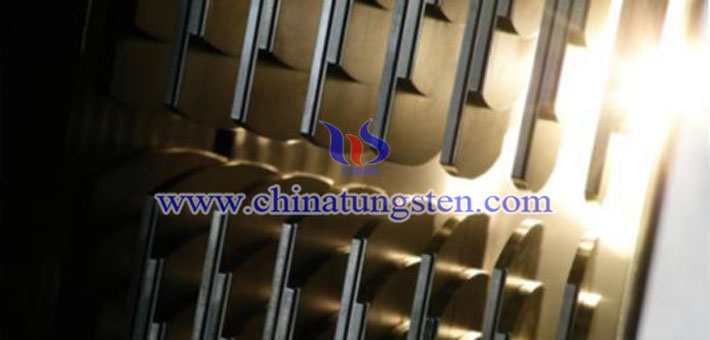
Tungsten alloy shield for dynamic multi-leaf collimator is tungsten alloy leaf on dynamic multi-leaf collimator. Certainly, there are multiple leaves. Dynamic multi-leaf collimator of linear accelerator was firstly used to replace conventional low melting alloy blocks, and was extensively used in clinical practice for the radiotherapy of different tumors.
Tungsten Alloy Leaf Applied for Multi-leaf Collimator
- Details
- Category: Tungsten Information
- Published on Tuesday, 07 April 2020 14:15
- Hits: 1635
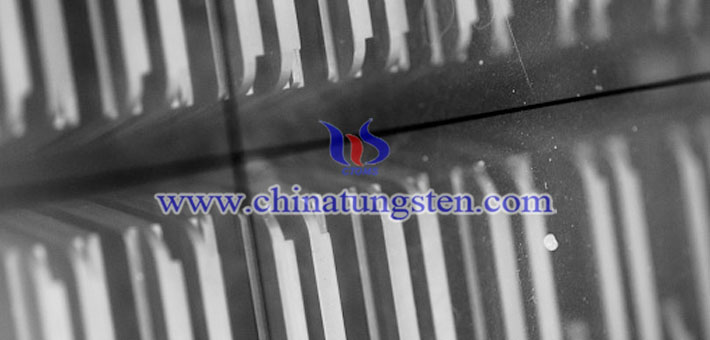
Tungsten alloy leaf has high atomic coefficient and high density so that it has a strong ability to shield rays in a multi-leaf collimator. It has been reported that multi-leaf collimator with tungsten alloy leaf improves both the accuracy and the effectiveness of radiation therapy and reduces the time for every treatment dose, which potentially increases the number of patients treated every day. The multileaf collimator is presently an important technical tool either to replace conventional shielding for static conformational radiotherapy or to administer 3D-planned dynamic radiotherapy.
Working Principle of Tungsten Alloy Multi-Leaf Collimator
- Details
- Category: Tungsten Information
- Published on Tuesday, 07 April 2020 14:13
- Hits: 1507
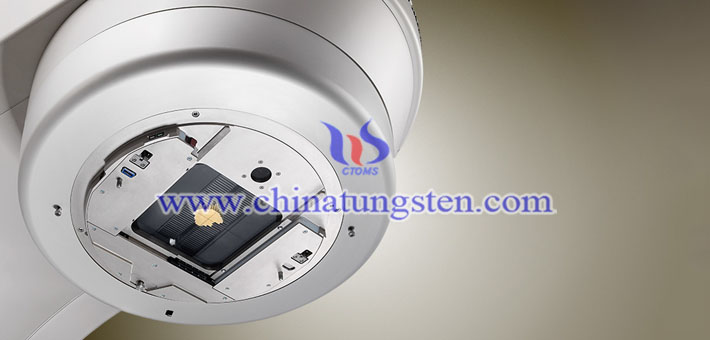
What is the working principle of tungsten alloy multi-leaf collimator? Let's begin with some pieces of information of multi-leaf collimator. Tungsten alloy multi-leaf collimator, which was developed to replace the traditional lead blocks, are used on linear accelerators to provide conformal shaping of radiotherapy treatment beams. And specifically, conformal radiotherapy and intensity modulated radiation therapy can be delivered using multi-leaf collimators. The multi-leaf collimator has movable tungsten alloy leaves to block some fraction of the radiation beam. Typically, multi-leaf collimators have 52-160 tungsten alloy leaves, arranged in pairs. So, what is the working principle of tungsten alloy multi-leaf collimator?
Tungsten Alloy Multileaf Collimator in Radiotherapy
- Details
- Category: Tungsten Information
- Published on Tuesday, 07 April 2020 14:09
- Hits: 1564
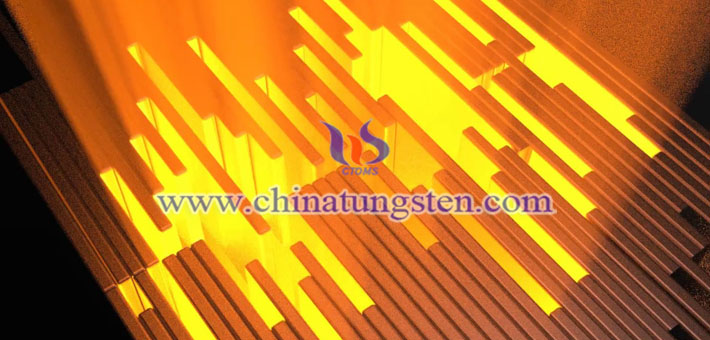
Tungsten alloy multileaf collimator firstly used tungsten alloy leaves to shape structures in 1965 and has improved rapidly to modern day operation in radiotherapy. Tungsten alloy multileaf collimators are now widely used and have become an integral part of any radiotherapy department as they have strong shielding performance against rays while ensuring high accuracy. A pair of tungsten alloy leaves can form a rectangular irradiation field, and multiple pairs of tungsten alloy leaves can be combined to form an irradiation field of any shape.



 sales@chinatungsten.com
sales@chinatungsten.com